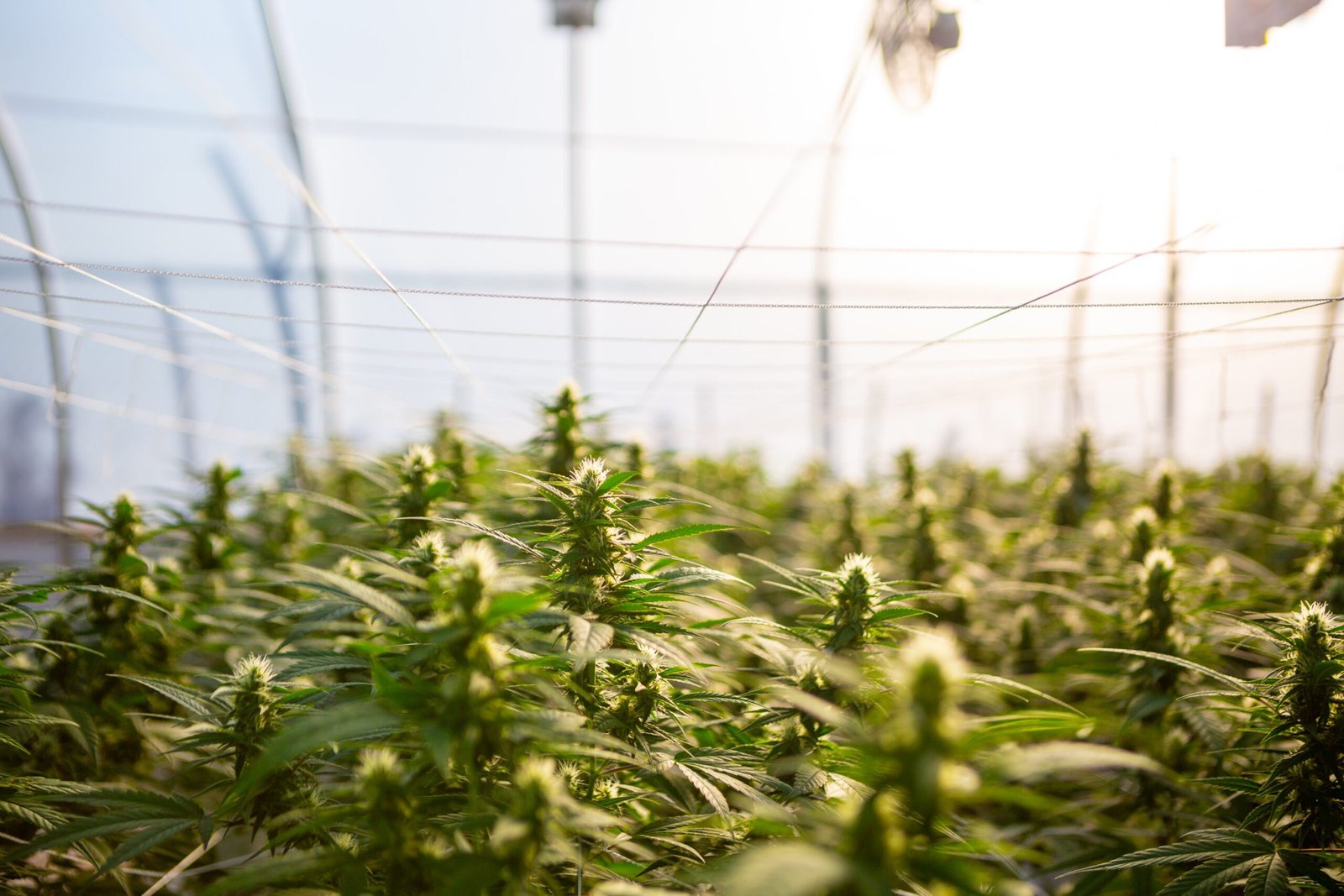WHAT IS THE CBDA?
CBDA, also known as cannabidiolic acid, is a natural compound found in cannabis and hemp plants. Inside a plant there are a vast number of cannabinoids, and at an early stage of the plant they are presented in a single body called CBGA. At a more adult stage of the plant, CBGA binds to an acidic compound and then splits into three different cannabinoids, including CBDA. Although it is normal for residual traces of CBGA to remain after this process.
THERAPEUTIC EFFECTS OF CBDA
A bit like all cannabinoids, CBDA has also been the subject of numerous and advanced studies and research, and like most, these have also shown very positive results and signs that it could be a product aimed at some specific health problems such as Epilepsy, Nausea or even Breast Cancer.
DIFFERENCES BETWEEN CBD AND CBDA
It’s important to note that there are some points in common between these two cannabinoids, such as the fact that they are both formed within hemp or cannabis plants and that they are both unassociated with any psychotropic effect or problem.
Knowledge about CBD is much broader than about CBDA due to the huge difference between the studies carried out on one cannabinoid and the other.
However, in recent times, there has been a greater tendency and desire to learn more about CBDA as a cannabinoid, as well as the differences and possible relationships with CBD.
CBD is formed from CBDA by applying heat to remove the carboxyl group, a process known as decarboxylation.
Although the CBDA was initially inactive and therefore subordinate to the CBD, it also has its own potential. So, as in the case of CBD, we believe in the anti-inflammatory and anti-proliferative capabilities of CBDA, even though the knowledge surrounding this cannabinoid is still in its infancy. This means that CBDA is not used for as wide a range of health problems as CBD. The CBDA ends up being used for more specific problems and not for general well-being.
However, in this way we can conclude that the evidence already presented by the CBDA is very positive and can lead us to believe in its effectiveness in treating some of the health problems we mentioned earlier.
There are even those who argue that in some specific cases CBDA can have more positive and faster effects with a lower dosage when compared to CBD, such as Tim Doran, a renowned professor at the Health Policy University of York.
We can therefore conclude that there are still some gaps in the studies of the CBDAalthough it has already shown some distinctive qualities of the CBD, which could make this cannabinoid very interesting and therefore the subject of more studies, as well as the differences it presents in relation to CBD and how the two can interact in our Endocannabinoid System.
Author: Paulo Rodrigues
Sources: Takeda S, Okajima S, Miyoshi H, et al. Cannabidiolic acid, a main cannabinoid in fiber-type cannabis, is an inhibitor of breast cancer cell migration MDA-MB-231. Toxicology Letters. https://www.sciencedirect.com/science/article/abs/pii/S0378427412012854?via%3Dihub. Publicado a 7 de setembro de 2012.


